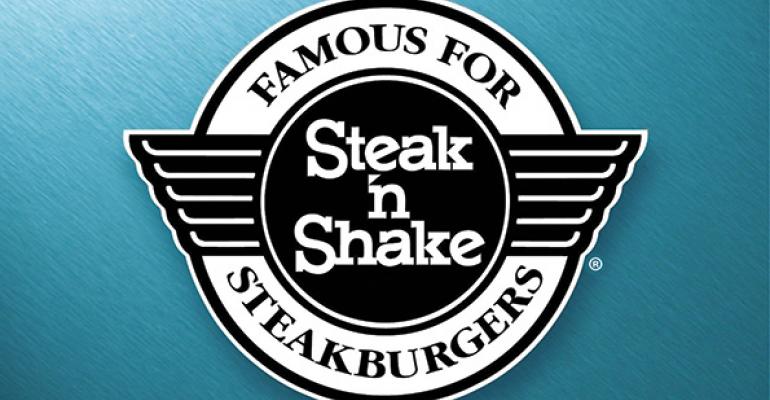I have read with interest the recent spate of articles regarding the proxy fight at Biglari Holdings. Your new financial news editor, Jonathan Maze, has primarily written NRN’s stories and Sardar Biglari has been one of Maze’s favorite topic of going back to his days at Restaurant Finance Monitor. His tone has always been provocative and generally slanted with a negative perception of Sardar.
I have always ignored these stories because they seemed to be opinion pieces rather than objective journalistic writing. However, based on Maze’s most recent article, I am writing to you in the hopes of getting the facts right. The headline read: "Was Steak 'n Shake nearly insolvent in 2008?" with commentary to suggest otherwise, which has become the central issue in the proxy fight. I know the answer to the question: ABSOLUTELY YES.
NRN editor-in-chief Sarah Lockyer and I are probably two of the few people who have met Sardar. Sarah, when NRN nominated him for Golden Chain Award [in 2010]. And I met Sardar in the summer of 2008, when he engaged my firm in order to supplement necessary personnel at his company since he was building a new team. For example, I handled operations in the Atlanta group market. The situation at Steak ‘n Shake was so bleak that Sardar even asked us to take our fees in stock since cash was quite low and the company was losing money. Let me tell you, that was hard for my team to accept given all the facts and performance we saw.
However, we had faith in Sardar’s vision and agreed to company stock. But do note the company’s sales were in free fall. Tens of millions of dollars had been spent in new store development with almost all new locations being unprofitable. Cash flow was negative, and contrary to some of the recent statements by Groveland Capital LLC [the activist investment firm seeking to unseat some of Steak ‘n Shake’s board, including Biglari], there was no additional line of credit available. I even remember the day Steak ‘n Shake’s lender called to say there was no more money to borrow. The interim CFO, Duane Geiger, was going to have lunch with the lender, but Sardar said that he would go instead. He wanted to save the company. From the very beginning Sardar was intimately involved in every aspect of Steak ‘n Shake’s day-to-day operations. In the end he made courageous decisions that saved the brand.
And on the stock we received, instead of cash, the shares went up 7 times in value! That turned out to be the best financial decision I made in years.
In closing, while many pundits sitting on the sideline can comment and opine, they cannot have their own set of facts about what took place at Steak ’n Shake during those times. Others can attempt to color the history to suit their objectives yet they cannot ignore the truth and story behind the numbers. I hope this information provides you with a more balanced view and that you consider sharing this with your readers.
Editor’s Response: The article in question, “Was Steak ‘n Shake nearly insolvent in 2008?” was published and labeled as an opinion piece under NRN’s Reporter’s Notebook blog. Nonetheless, the piece included research from both Steak ‘n Shake’s most recent financial presentation, as well as the response from Groveland Capital. NRN stands by the reporting presented in this article.


